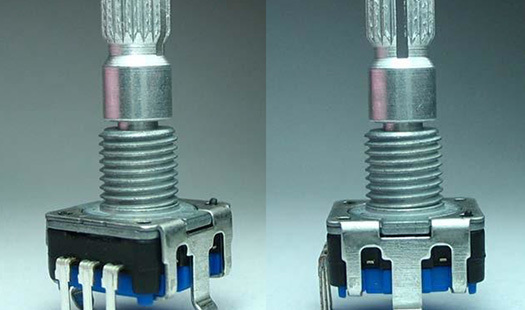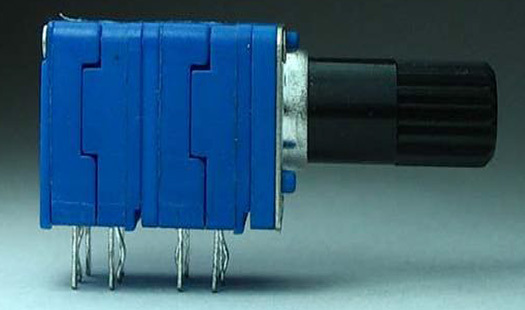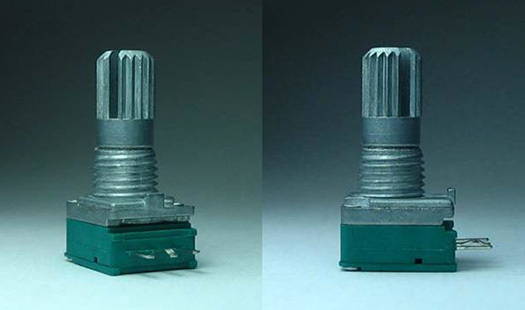Unlocking the Secrets of Trimmer Potentiometer Sensors
Jun 14,2025
What is a Trimmer Potentiometer Sensor?
Ever heard of a trimmer potentiometer sensor? Well, buckle up because we’re diving into the techy world of these nifty little devices! A trimmer potentiometer sensor is a type of variable resistor that allows for fine adjustments in electrical circuits. Think of it as the volume knob on your radio, but for electrical signals. Whether you're adjusting the brightness of your Christmas lights or tweaking the gain on your favorite guitar pedal, these sensors are the unsung heroes behind the scenes.
How Do They Work?
So, how does this magical little device work, you ask? Well, it’s pretty straightforward. A trimmer potentiometer sensor consists of three terminals: two connected to a resistive element and one connected to a wiper. This wiper can move along the resistive element, allowing you to adjust the resistance and, consequently, the voltage output. When you turn the knob (or adjust the screw), you're essentially moving that wiper, changing how much resistance is in play. Cool, right?
Applications Galore!
Trimmer Potentiometer Sensors are everywhere—no kidding! They’re used in various applications, from consumer electronics to industrial machinery. Need to calibrate a circuit? Check! Want to set up a temperature sensor? You got it! They’re also commonly found in radios, televisions, and even in some toys. Imagine adjusting the sensitivity of your remote-controlled car; that’s a trimmer potentiometer sensor at work!
Why Choose Trimmer Potentiometer Sensors?
You might be wondering, why not just use regular potentiometers? Well, trimmer potentiometer sensors offer precision in compact packages. They’re designed for infrequent adjustments, making them ideal for calibration without the need for bulky controls. Plus, they’re usually more reliable and stable over time, which is a huge plus in any electronic setup.
Installation Tips
Alright, let’s talk turkey. Installing a trimmer potentiometer sensor isn’t rocket science, but there are a few things to keep in mind:
- Check the Ratings: Always ensure that the sensor can handle the voltage and current of your application.
- Solder with Care: If you're soldering, make sure to avoid overheating the sensor, as this can damage the internal components.
- Test Before Use: Always test it out before finalizing your setup. You don’t want to be stuck with a faulty sensor!
The Future of Trimmer Potentiometer Sensors
As technology advances, so do trimmer potentiometer sensors. With the rise of smart devices and IoT (Internet of Things), we can expect to see more innovative applications and integrations in the future. Imagine adjusting your home’s lighting with a simple twist of a knob, all thanks to these tiny but mighty sensors!
Final Thoughts
In a nutshell, trimmer potentiometer sensors are an essential part of modern electronics, enabling us to make precise adjustments with ease. So, the next time you’re fiddling with a gadget that seems to have a mind of its own, think about the hardworking trimmer potentiometer sensor making it all possible. Who knew something so small could pack such a punch?
PREVIOUS:
More Information
More Information
RECOMMENDED










